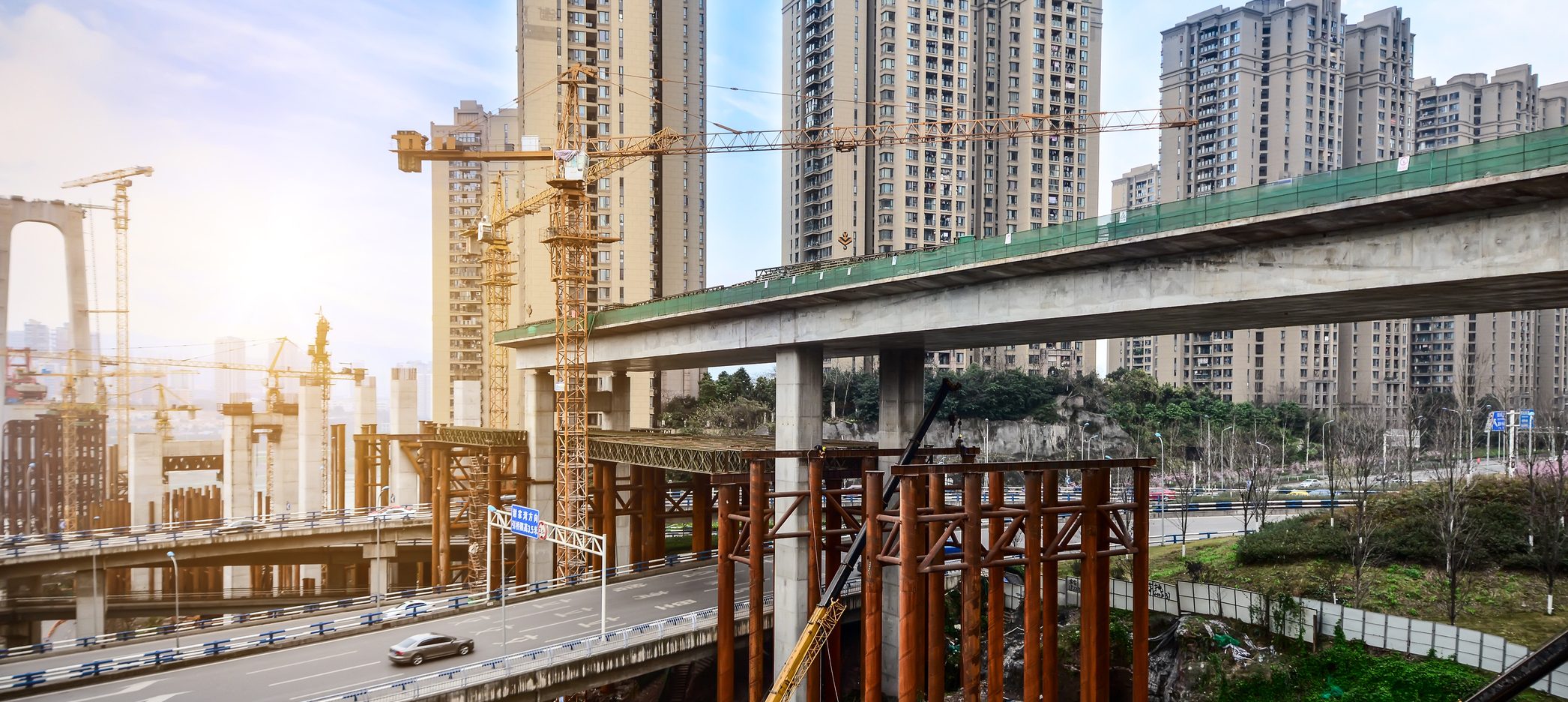This blog post is an excerpt from GovLoop’s recent report created in partnership with Esri and Microsoft, Strengthening Our Nation’s Infrastructure Improving Decision-Making With Location Intelligence. To download the full report for free, head here.
Effectively addressing our infrastructure needs begins with knowing where to make the most strategic investments. A successful plan to restore America’s infrastructure will require effective management of these investments.
GIS technology help us better understand where and how we should invest in our transportation, water, sewer and other utilities. With GIS, we can see which areas are most affected by aging infrastructure or not meeting demand levels, or shifts in demographics and target dollars accordingly to deliver the greatest impact.
GIS is an essential foundation for government planning and decision-making. It is a system of record that helps government better manage infrastructure projects and measure their impact, as well as a platform of engagement that lets leaders demonstrate return on investment and share information with constituents.
But it’s not just about recovering delayed maintenance projects. GIS helps governments understand what their infrastructure will look like in the future based on technological advances and changing lifestyles. Using GIS to look at current and future infrastructure marks the beginning of a new era where GIS data and analysis helps build a government that is more responsive, efficient, transparent and engaged.
Communities need to learn to think GIS first to drive long-term decision-making and planning by implementing data-driven decisions and collaboration with geodesign.






This is so cool! I hope more governments embrace GIS for their infrastructure projects. As a native Michigander, the value to roads, water systems and more seems high to me!
GIS sounds like a great tool for many cities across the country. However, I’m interested to see the research of long term effects of the major infrastructure changes on the communities in urban spaces.